The Scoop on Poop
What does rabbit poop look like? Rabbit droppings may not seem like the most exciting topic, but they can reveal a wealth of information about your pet’s health. Different characteristics of rabbit poop, such as shape, color, and consistency, can provide insights into their diet and digestive health. Keeping a close eye on these little pellets can help you spot problems before they escalate.
From my experience, paying close attention to my rabbits’ droppings has been one of the most reliable ways to catch early signs of digestive issues. For instance, when I noticed smaller-than-usual pellets, I realized my rabbit wasn’t getting enough fiber and quickly adjusted his diet.
Why Rabbit Poop Matters
Rabbit poop is more than just waste—it’s a window into your rabbit’s health. Observing their droppings can help you identify potential digestive issues before they become serious. Since rabbits are prey animals, they often hide symptoms of illness, making it crucial to monitor subtle signs like changes in their poop.
The Two Main Types of Rabbit Poop
Rabbits create two kinds of droppings: cecotropes and fecal pellets. Each serves a different purpose, and understanding the differences can help you better assess your rabbit’s health.
1. Fecal Pellets
Fecal pellets are the small, round droppings that most people associate with rabbit poop. They are typically dry and crumbly and should be uniform in size. Fecal pellets mainly consist of indigestible fiber, helping to keep the digestive system moving.

2. Cecotropes
Cecotropes are softer, clustered droppings covered in mucus. They look different from fecal pellets and are usually darker, shinier, and more odorous. Rabbits eat cecotropes directly from their anus to reabsorb essential nutrients, which is a normal part of their digestive process.

What Healthy Poop Looks Like
Healthy rabbit poop is a sign of a well-functioning digestive system. These are the key characteristics to watch for:
1. Size and Shape
Fecal pellets should be uniform in size and have a rounded shape. If you notice significant variations in size, it could indicate a digestive issue.
2. Color
Healthy rabbit droppings are typically medium to dark brown. Variations in diet can slightly affect the color, but drastic changes could be a sign of a problem.
3. Consistency
Healthy poop is firm and dry but not too hard. If the pellets are too hard, it could mean your rabbit is dehydrated. Conversely, mushy or runny droppings could point to digestive problems.
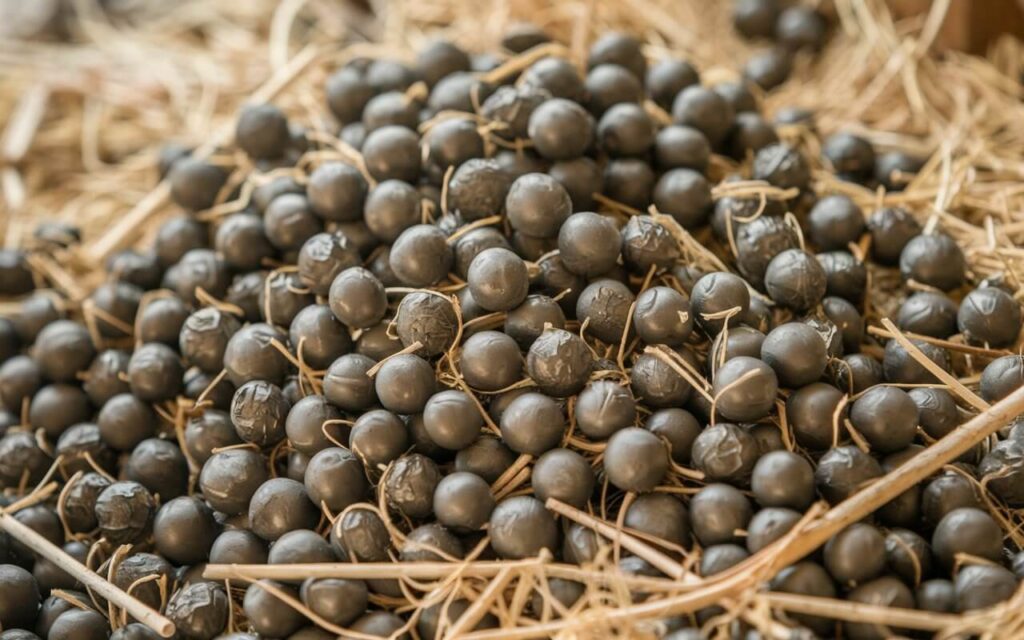
According to Dr. Jane Smith, a rabbit health specialist, ‘Healthy rabbit droppings should be uniform in size and shape, indicating a well-functioning digestive system. If there’s a significant change in the consistency or size of the droppings, it may point to underlying health concerns.
What Unhealthy Poop Looks Like
Changes in rabbit poop can signal various health issues. Here are some common issues and their potential implications:
1. Small or Misshapen Droppings
If the droppings are smaller than usual or irregularly shaped, it could indicate stress, dehydration, or a lack of fiber in the diet.
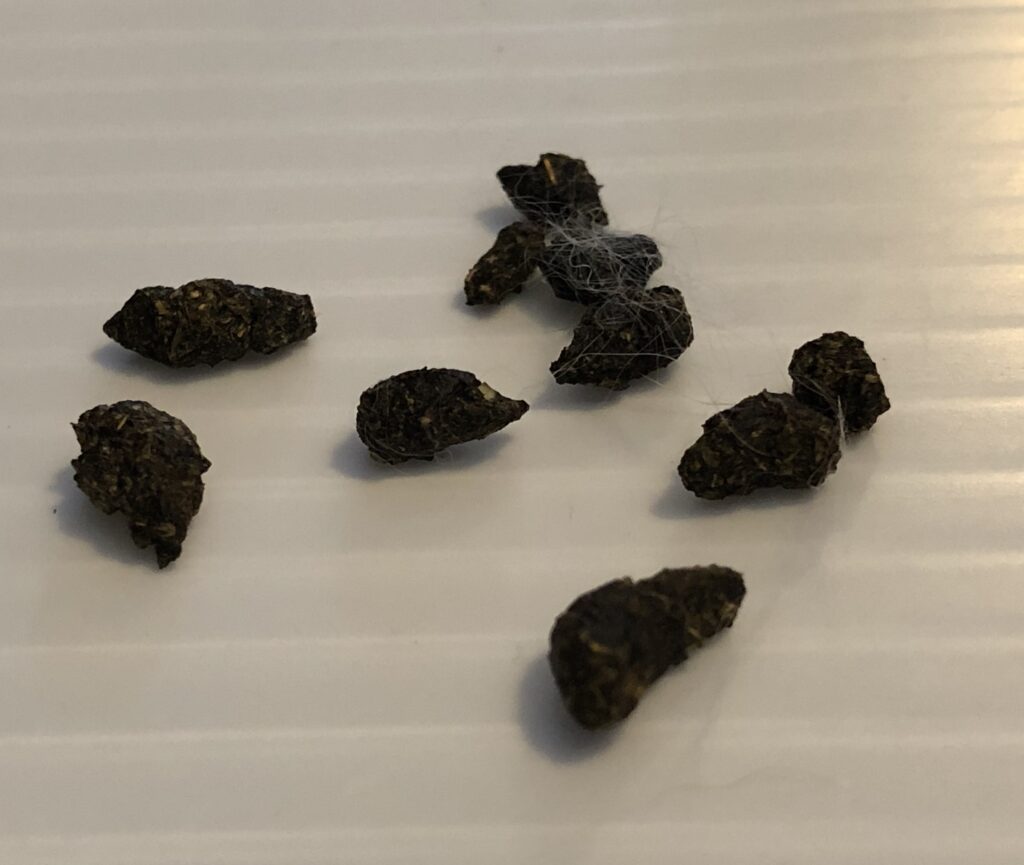
2. Runny or Mushy Poop
Runny or mushy droppings are abnormal and could suggest an overgrowth of harmful bacteria in the gut. This may occur if the rabbit has consumed too many sugary foods or lacks enough fiber in its diet.
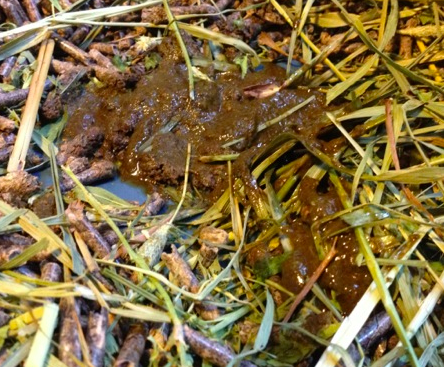
3. Small or Misshapen Droppings
If the droppings are smaller than usual or irregularly shaped, it could indicate stress, dehydration, or a lack of fiber in the diet.

4. String Poop
String poop in rabbits occurs when their droppings are connected by strands of fur, which they ingest during grooming. It’s generally a sign of excessive shedding or grooming and can indicate that the rabbit is not digesting hair properly. Regular brushing and a high-fiber diet can help reduce the issue.
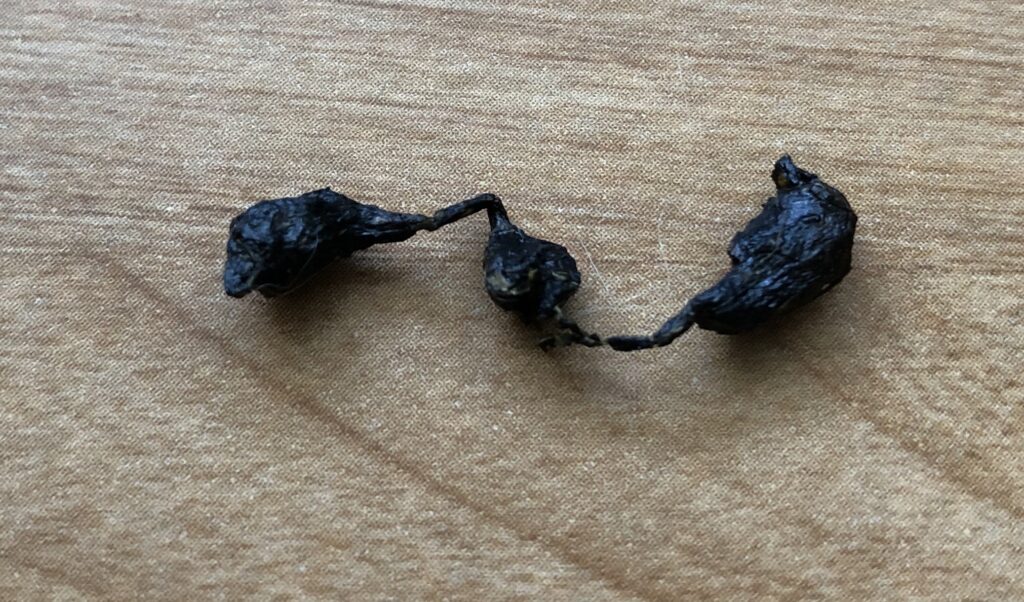
5. Mucus Poop
Rabbit mucus poop, often referred to as “mucus-covered droppings,” can indicate digestive issues or a gut imbalance. This occurs when the rabbit’s intestines produce excess mucus to protect the gut lining, usually due to stress, dietary changes, or gastrointestinal stasis.
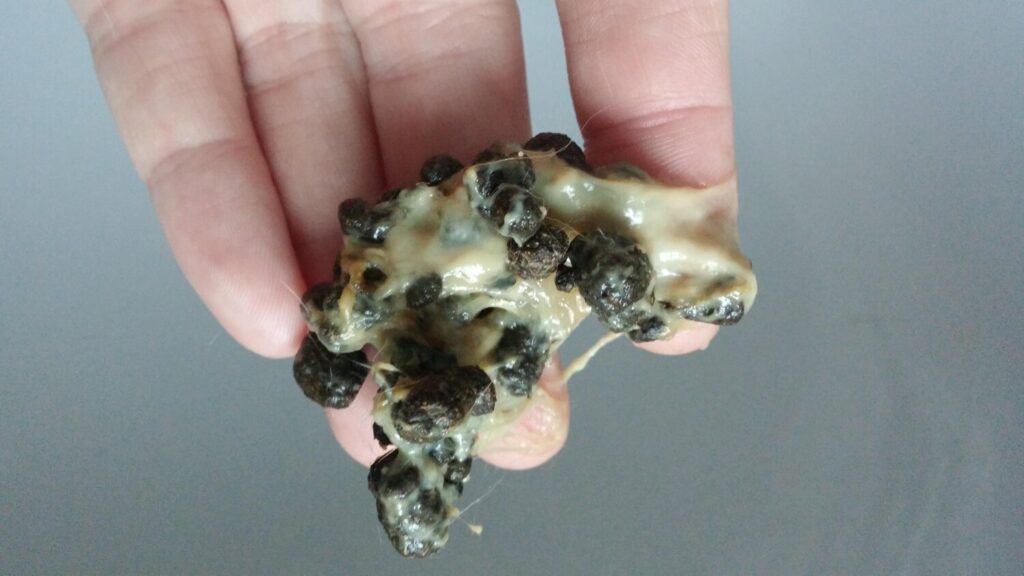
6. Soft Poop
Soft poop in rabbits, also known as cecotropes, is a normal part of their digestive process. These nutrient-rich droppings are produced in the cecum and are typically re-ingested by the rabbit to absorb essential nutrients.
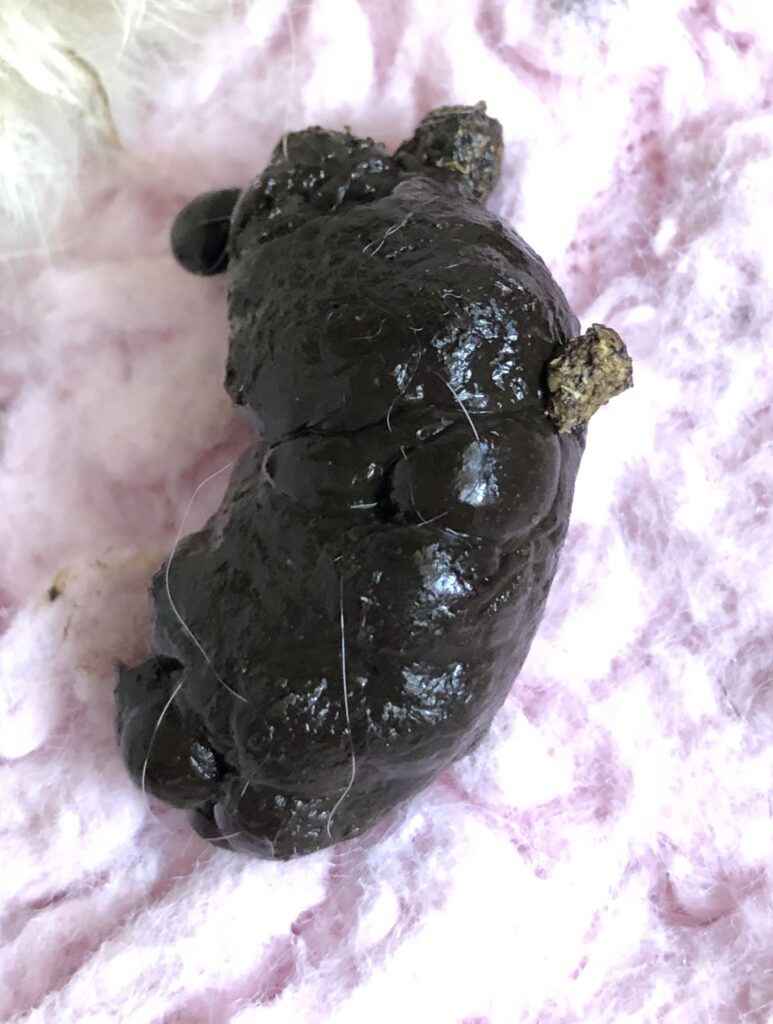
7. Lack of Poop
If your rabbit suddenly stops pooping, it could be experiencing a life-threatening condition known as gastrointestinal stasis. This requires immediate veterinary attention.
What Does Bunny Poop Mean?
Bunny poop isn’t just waste; it serves as a health indicator. Different appearances can signify specific issues:
- Small Droppings: Often indicate stress, dehydration, or dietary issues.
- Runny or Clumped Poop: This can point to digestive disorders, often caused by dietary imbalances or bacterial overgrowth.
- Lack of Poop: Suggests severe digestive problems that may require urgent veterinary care.
By learning what various types of bunny poop mean, you can quickly address health concerns and maintain your rabbit’s well-being.
How Diet Affects Rabbit Poop
A rabbit’s diet is a key factor in the appearance of its poop. Let’s look at some dietary elements that influence rabbit droppings.
A high-fiber diet is crucial for rabbit health. According to the House Rabbit Society, fiber helps keep the digestive tract moving and prevents gastrointestinal issues.
1. High-Fiber Diet
Rabbits need a diet rich in fiber to maintain healthy digestion. A lack of fiber can lead to smaller, harder droppings or even gastrointestinal stasis.
2. Hydration
Proper hydration is essential for maintaining the right consistency of rabbit poop. Make sure your rabbit always has access to clean, fresh water to stay hydrated and maintain good health.
3. Treats and Sugary Foods
Feeding too many treats or sugary foods can disrupt the balance of bacteria in the gut, leading to runny poop. Limit treats and focus on hay and fresh vegetables.
When to Consult a Vet
If you notice persistent changes in your rabbit’s poop—such as prolonged runniness, complete lack of droppings, or ongoing small, misshapen pellets—it’s time to consult a vet. Addressing problems early can help prevent more serious health issues.
The American Rabbit Breeders Association recommends seeking veterinary attention if your rabbit experiences a prolonged lack of droppings or persistent diarrhea.
How to Monitor Your Rabbit’s Poop
Regular monitoring is crucial to ensure your rabbit’s health. Here’s how you can keep an eye on their droppings:
1. Daily Observation
Make it a habit to check your rabbit’s droppings daily. Look for changes in size, color, and consistency.
2. Cleaning the Litter Box
Regularly clean your rabbit’s litter box and pay attention to the droppings. This will help you detect any changes early on.
Rabbit Poop and the Environment
Rabbit poop is eco-friendly and decomposes quickly, which makes it less harmful to the environment compared to waste from other pets. However, always dispose of it properly to prevent the spread of diseases.
Differences in Poop Between Wild and Domestic Rabbits
Wild rabbits and domestic rabbits have some differences in their droppings due to their varied diets. Wild rabbits eat a wider variety of plants, leading to droppings that may be smaller or more fibrous.
Can Rabbit Poop Be Used as Fertilizer?
Yes, rabbit poop makes an excellent fertilizer for gardens. It’s rich in nitrogen and can be used directly in the soil without needing to be composted first.
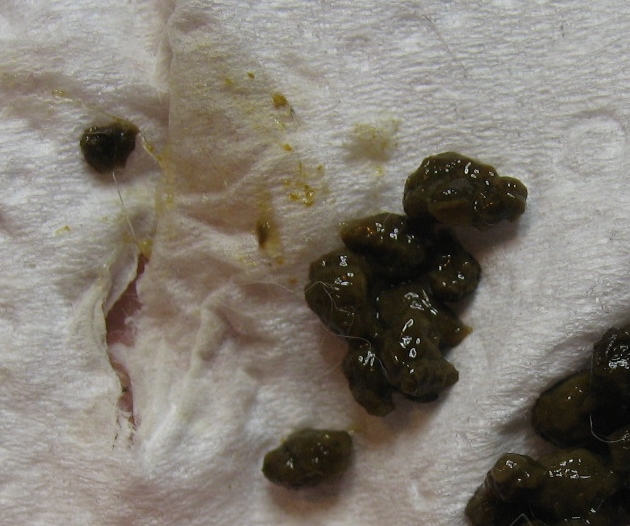
How to Clean Up Rabbit Poop
Cleaning rabbit poop is straightforward. Use a dustpan or vacuum to pick up the droppings and disinfect the area to keep it hygienic.
Myths About Rabbit Poop
There are some misconceptions about rabbit poop, such as the idea that it’s always a sign of poor hygiene or that it can transmit harmful diseases. While some pathogens may be present, proper handling and hygiene can minimize risks.
Conclusion
Rabbit poop provides valuable insights into your rabbit’s health. By understanding what healthy droppings should look like and knowing the signs of potential problems, you can help ensure your rabbit stays happy and healthy. Regular observation and timely veterinary intervention can make all the difference.
FAQs About Rabbit Poop
- Why does my rabbit eat its poop?
Rabbits eat cecotropes to absorb additional nutrients that were missed during the first digestion. - Is rabbit poop harmful to humans?
While generally not harmful, it’s essential to handle rabbit droppings with care and maintain good hygiene. - What does it mean when your rabbit’s poop is wet?
Wet poop can indicate digestive issues, such as diarrhea or an imbalance in diet. Consult a vet if it persists. - How long can a rabbit go without pooping?
A rabbit should not go more than 24 hours without pooping, as it could indicate a serious health issue. - Where do bunnies poop?
Bunnies typically poop in a designated area of their cage or a litter box, but they may also drop pellets randomly. - How many times does a rabbit poop a day?
Rabbits can poop up to 200-300 times a day, producing small, round pellets frequently throughout the day.

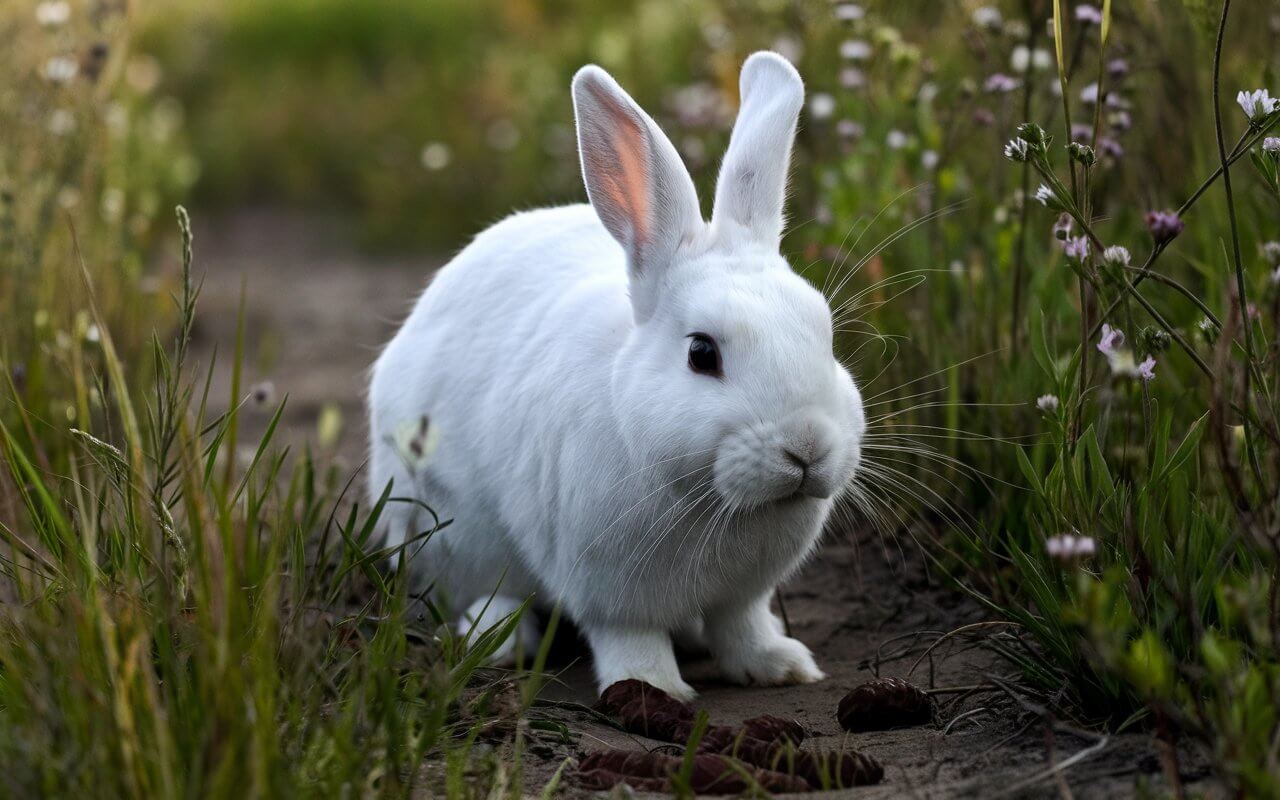
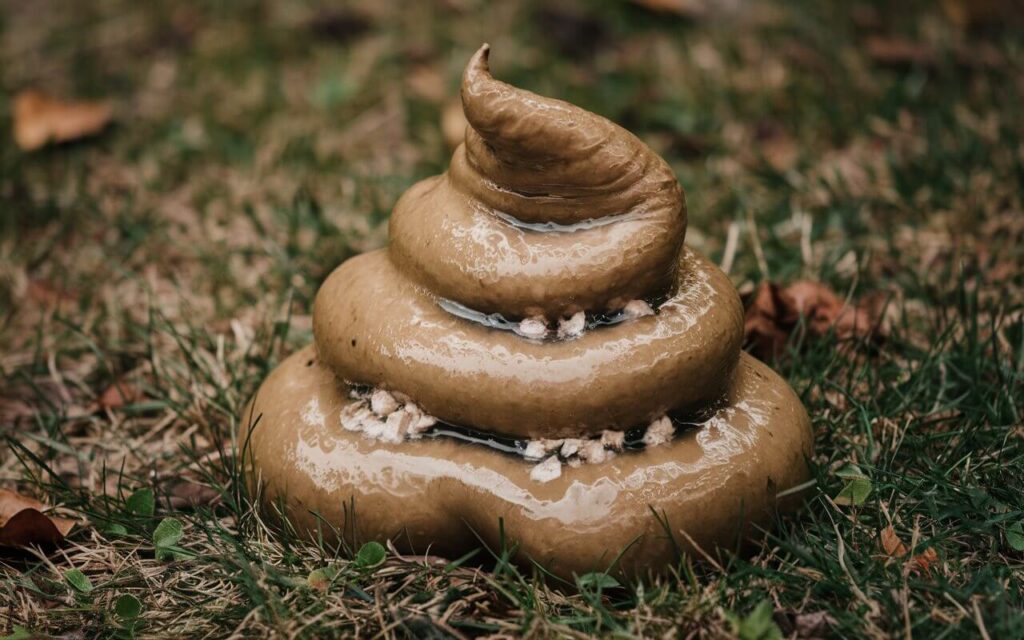

Leave a Reply